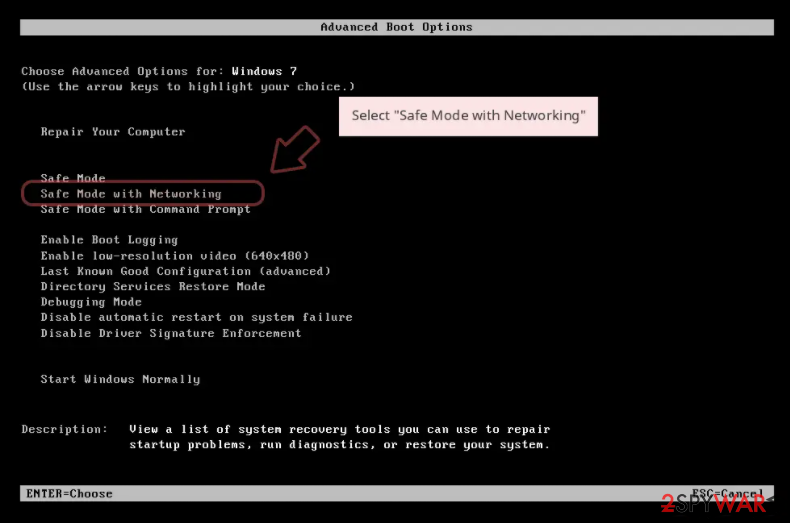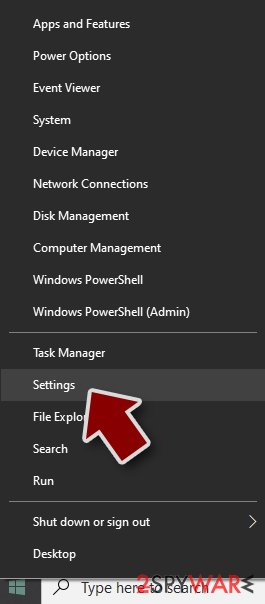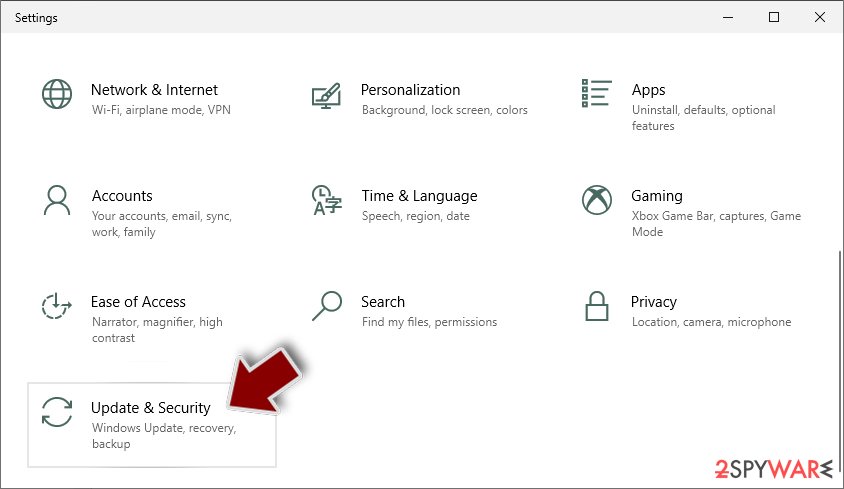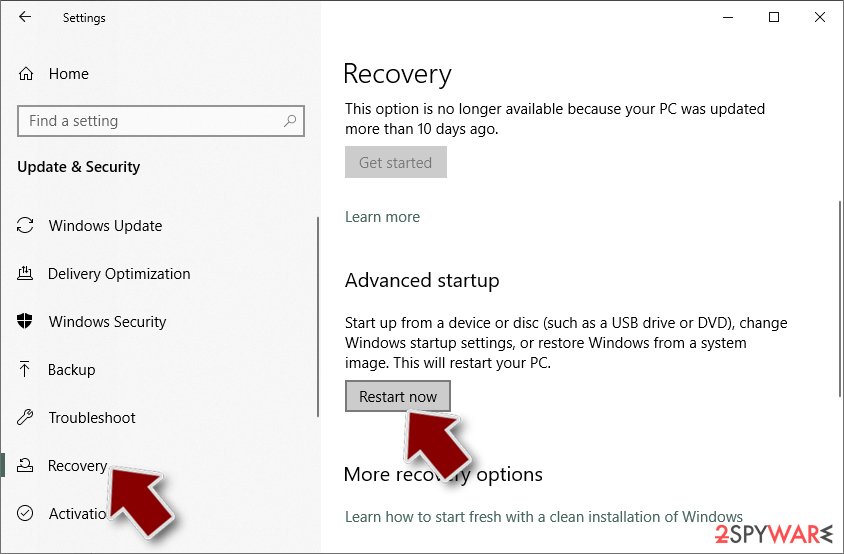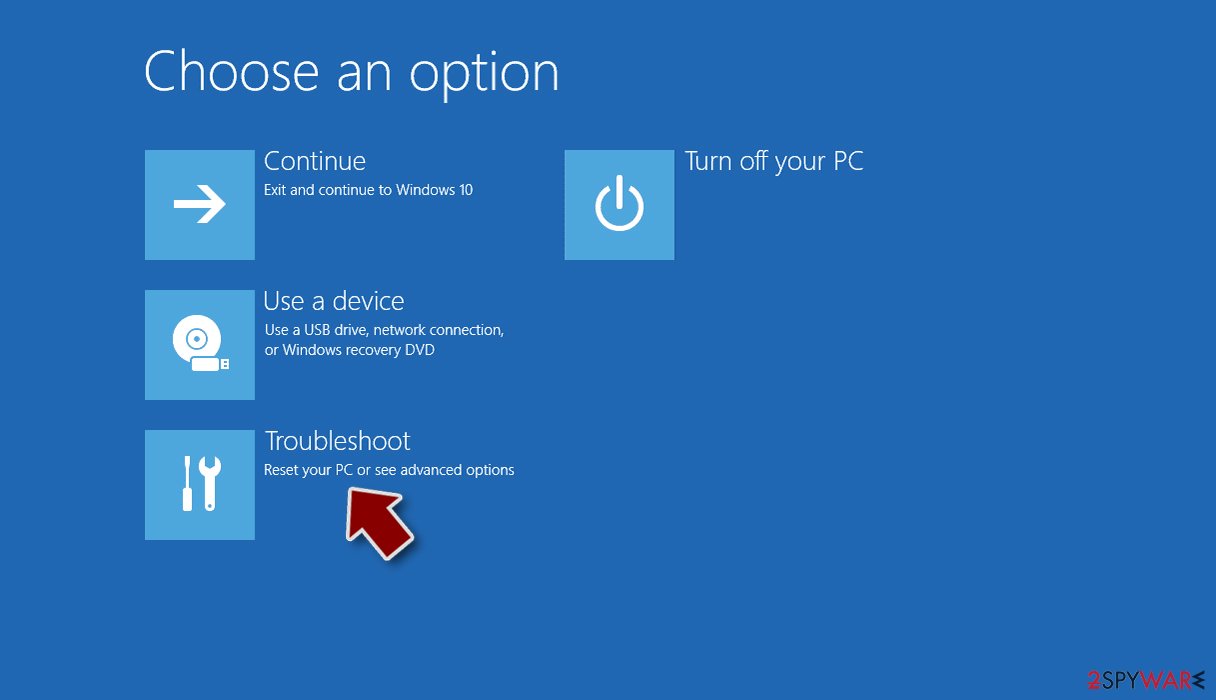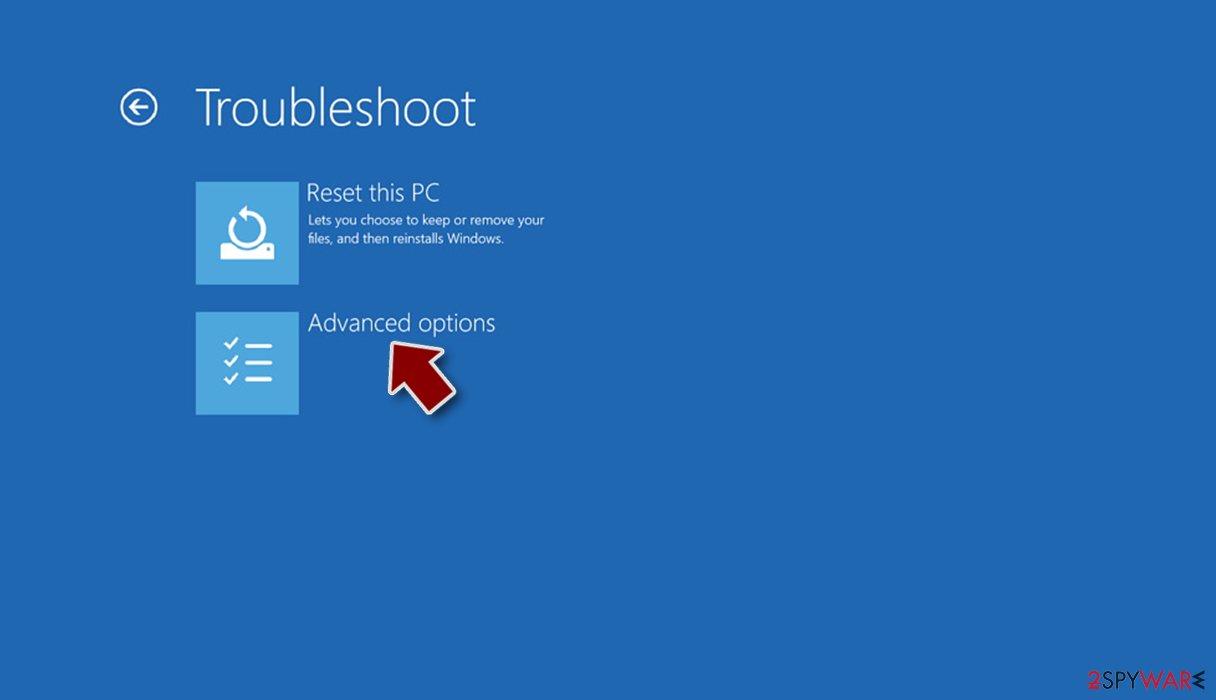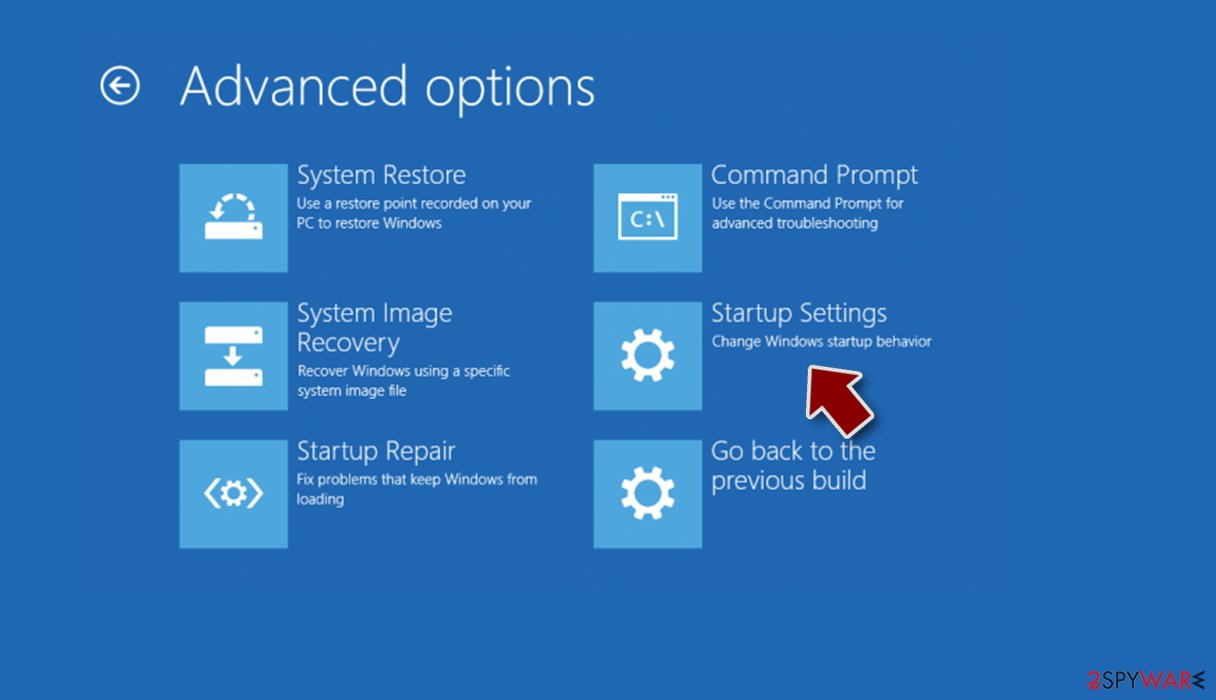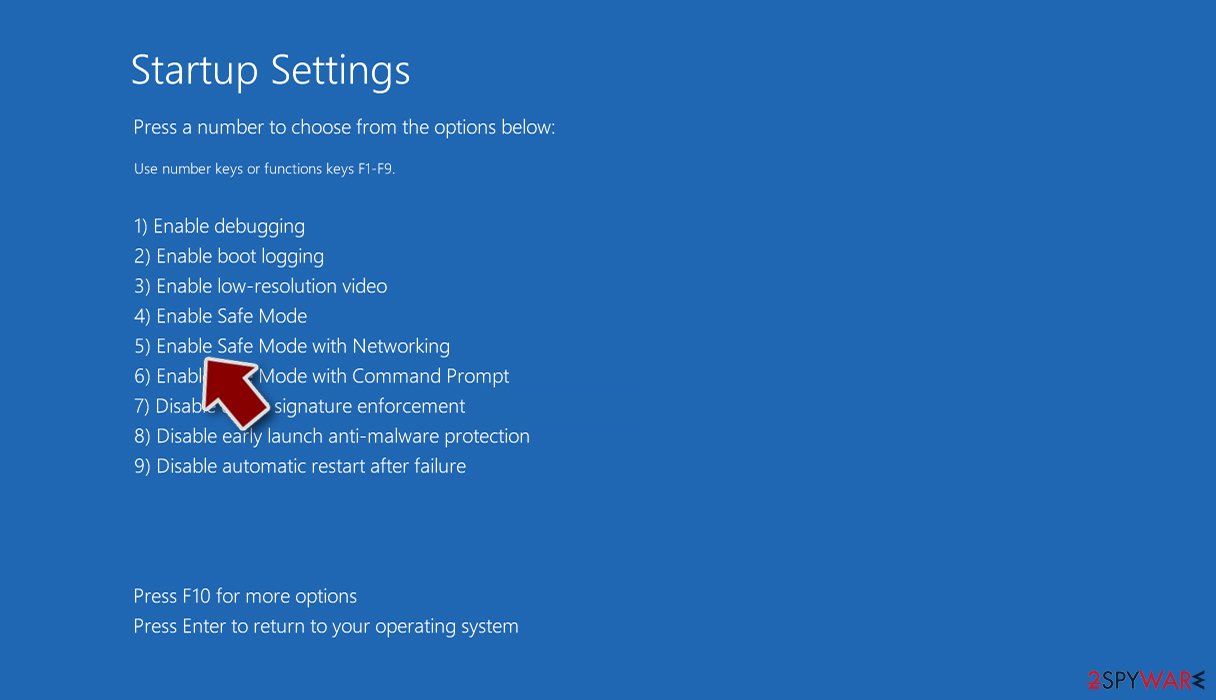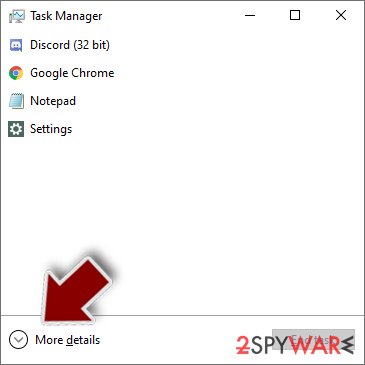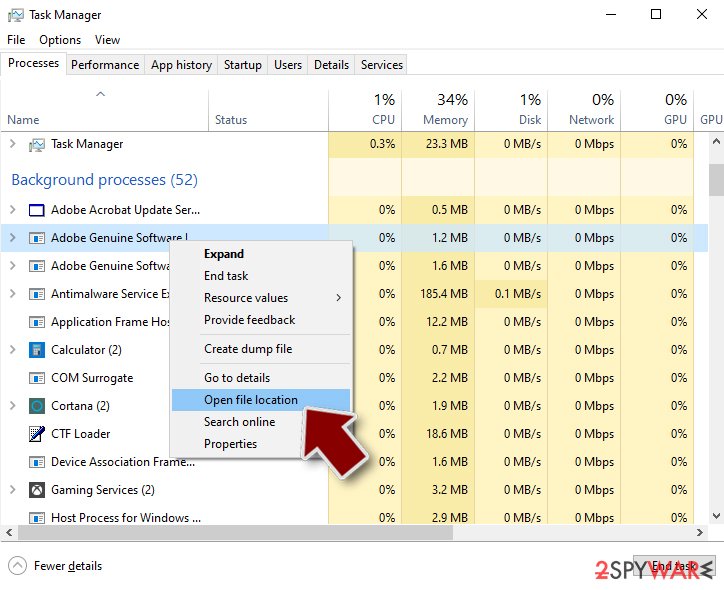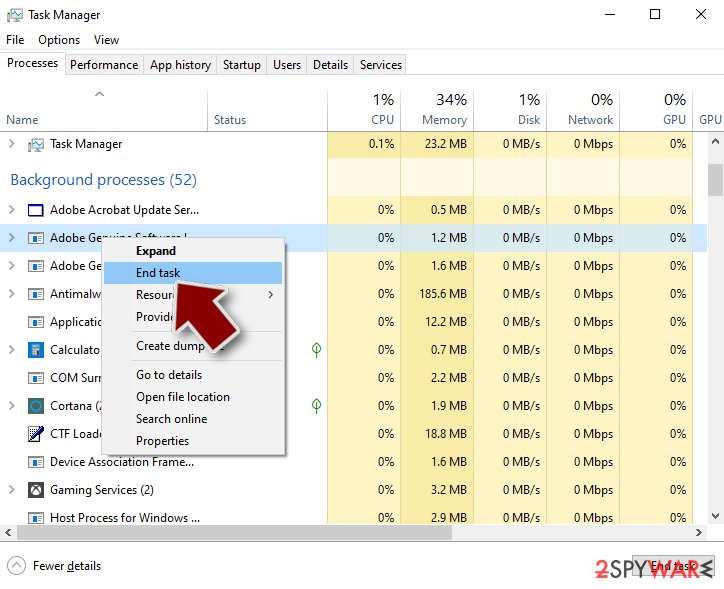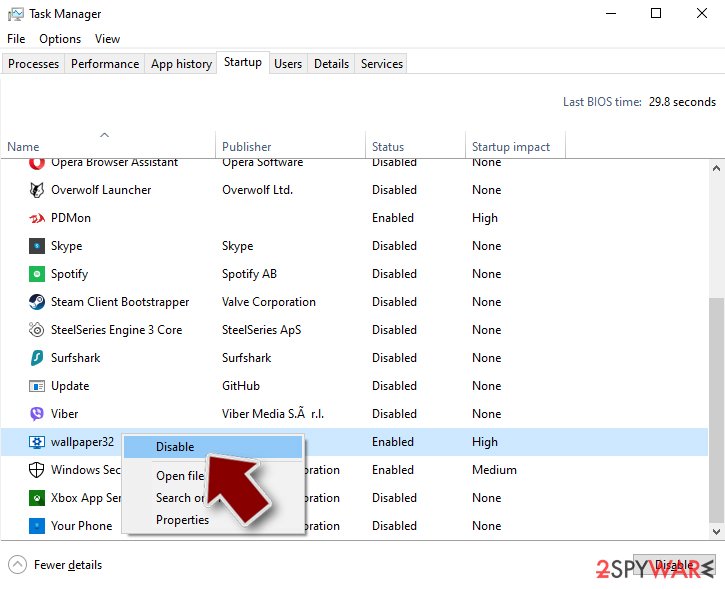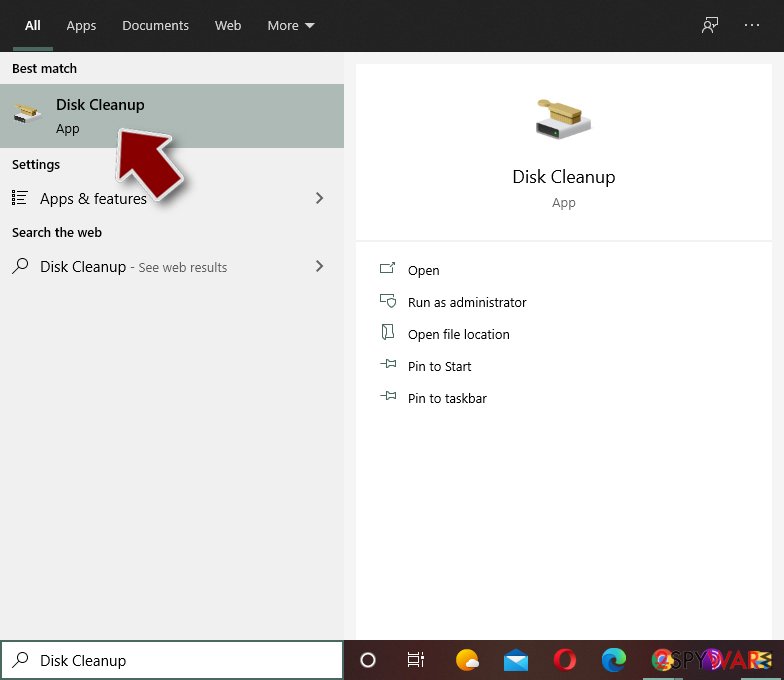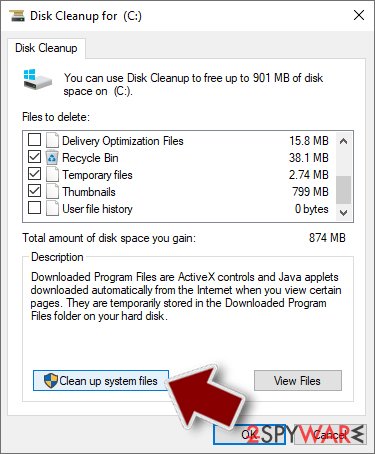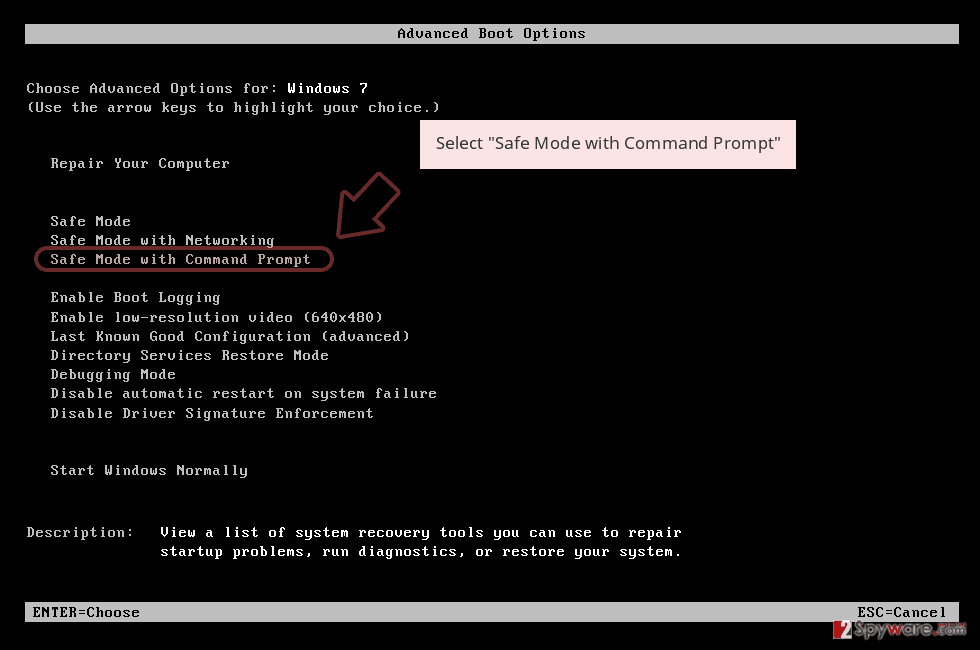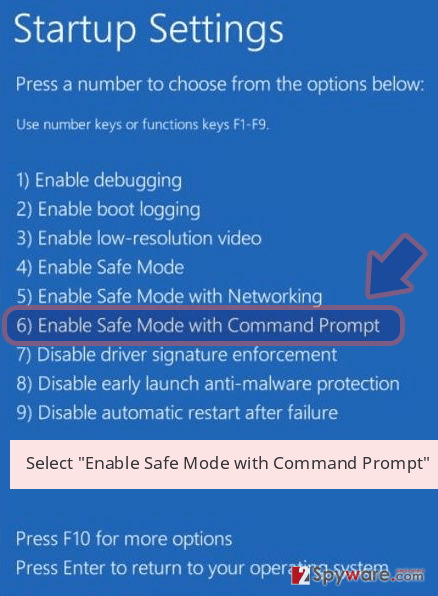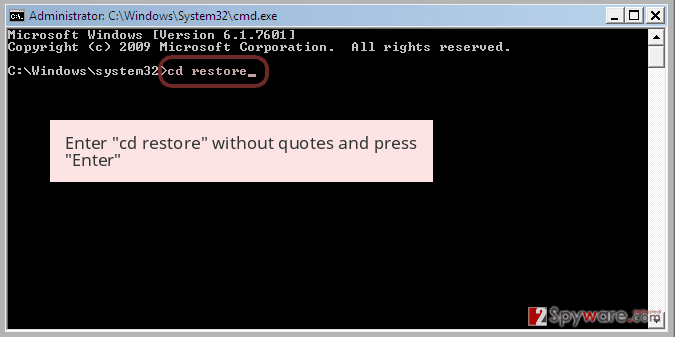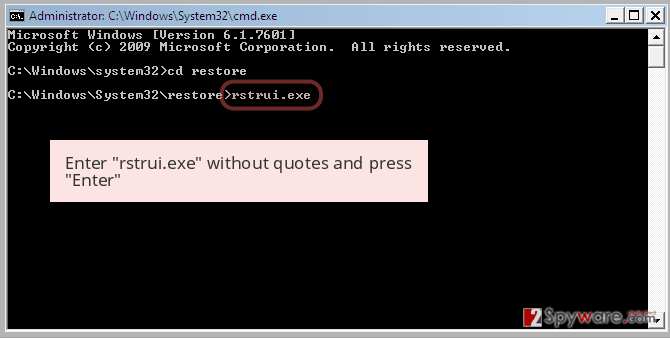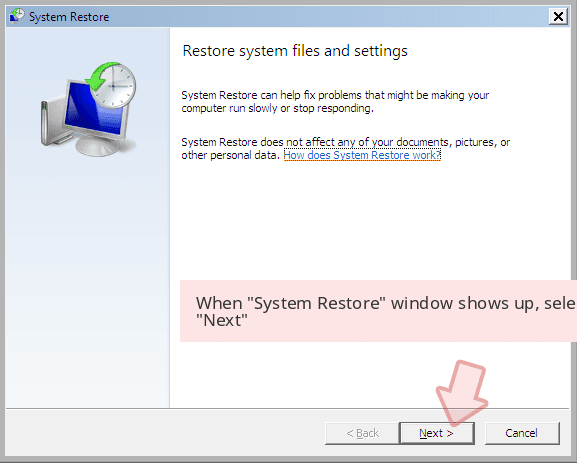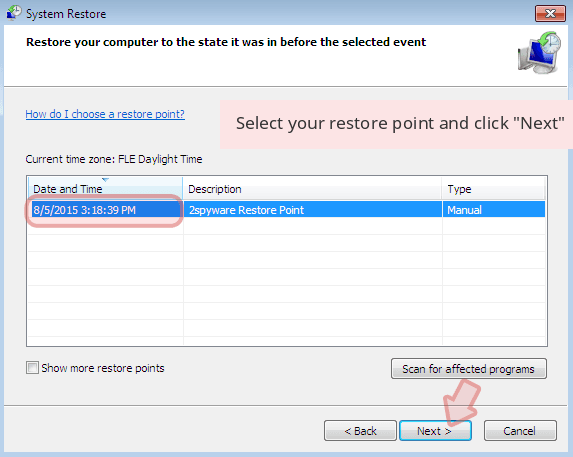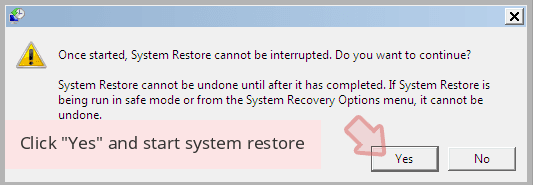CryptoKill ransomware / virus (Virus Removal Instructions) - Decryption Methods Included
CryptoKill virus Removal Guide
What is CryptoKill ransomware virus?
CryptoKill authors won’t provide you with decryption key even if you pay the ransom
CryptoKill virus is just a new ransomware variant based on HiddenTear[1] open source ransomware code. Once installed, the virus encrypts victim’s data and appends .crypto extensions to corrupted files. After that, it creates and saves CRYPTOKILL_README.txt file (ransom note) on the desktop. CryptoKill is not a screen locker virus – it actually corrupts files, but it simply is not able to help victims if they obey the commandments of cyber criminals[2]. Just like any typical ransom-demanding virus, it asks to buy some Bitcoins and send these to a certain Bitcoin wallet. If you have been infected with this ransomware, it is very important to know that YOU MUST NOT pay the ransom, because the virus doesn’t save any keys regarding the encryption/decryption[3] procedure. Therefore, scammers cannot practically provide you with decryption tool even if you pay the ransom.
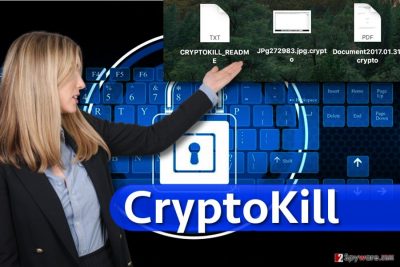
This malicious program is a perfect example of a poorly-coded virus that fails to do everything correctly, and consequently, the bug in the program’s code doesn’t allow criminals to know decryption keys that victims might be willing to obtain. If your files suddenly became inaccessible and they have .crypto file extensions added to them, remove CryptoKill virus from the machine as soon as you can. Keeping malicious files leave your computer open to further malware infections, so secure it by wiping the virus from it with a decent anti-malware software. We suggest using FortectIntego or Malwarebytes for CryptoKill removal.
How can I avoid ransomware viruses?
If you have been attacked by ransomware virus, you sure do not want to experience that ever again. Therefore, you must get familiar with ransomware distribution tricks. The most efficient method to infect victims is to simply send them a convincing email message containing some attachments. Once executed, these attachments compromise the system and render all files useless. It goes without saying that it is the main reason why we always recommend our visitors to keep clear of emails sent by unknown individuals; however, you can not always stay alert and think about possible dangers while browsing the Internet. More advanced cyber criminals manage to hack ad networks[4] and make them distribute malware-laden ads, they can also compromise legitimate websites and make them display bogus “The HoeflerText wasn’t found” warnings[5]. To keep your system secure, we recommend installing a reliable anti-malware program.
How can I remove CryptoKill ransomware?
If you suddenly became a victim of malicious software known as ransomware, you might start considering the option of paying the ransom. In the case of CryptoKill ransomware, you should forget about this option because it will definitely won’t help you to recover your files. Therefore, you are advised to remove CryptoKill virus as soon as possible and use a data backup (if you have it) to restore your files. Below, you will find a complete guide on how to carry out CryptoKill removal successfully. Please let us know if you have any questions regarding this virus or data recovery.
Getting rid of CryptoKill virus. Follow these steps
Manual removal using Safe Mode
CryptoKill virus corrupts your data for good. There’s no point in paying the ransom because cybercriminals simply cannot provide you with decryption key. To remove CryptoKill, restart your PC using instructions given below and eliminate the malware with strong anti-malware tools.
Important! →
Manual removal guide might be too complicated for regular computer users. It requires advanced IT knowledge to be performed correctly (if vital system files are removed or damaged, it might result in full Windows compromise), and it also might take hours to complete. Therefore, we highly advise using the automatic method provided above instead.
Step 1. Access Safe Mode with Networking
Manual malware removal should be best performed in the Safe Mode environment.
Windows 7 / Vista / XP
- Click Start > Shutdown > Restart > OK.
- When your computer becomes active, start pressing F8 button (if that does not work, try F2, F12, Del, etc. – it all depends on your motherboard model) multiple times until you see the Advanced Boot Options window.
- Select Safe Mode with Networking from the list.

Windows 10 / Windows 8
- Right-click on Start button and select Settings.

- Scroll down to pick Update & Security.

- On the left side of the window, pick Recovery.
- Now scroll down to find Advanced Startup section.
- Click Restart now.

- Select Troubleshoot.

- Go to Advanced options.

- Select Startup Settings.

- Press Restart.
- Now press 5 or click 5) Enable Safe Mode with Networking.

Step 2. Shut down suspicious processes
Windows Task Manager is a useful tool that shows all the processes running in the background. If malware is running a process, you need to shut it down:
- Press Ctrl + Shift + Esc on your keyboard to open Windows Task Manager.
- Click on More details.

- Scroll down to Background processes section, and look for anything suspicious.
- Right-click and select Open file location.

- Go back to the process, right-click and pick End Task.

- Delete the contents of the malicious folder.
Step 3. Check program Startup
- Press Ctrl + Shift + Esc on your keyboard to open Windows Task Manager.
- Go to Startup tab.
- Right-click on the suspicious program and pick Disable.

Step 4. Delete virus files
Malware-related files can be found in various places within your computer. Here are instructions that could help you find them:
- Type in Disk Cleanup in Windows search and press Enter.

- Select the drive you want to clean (C: is your main drive by default and is likely to be the one that has malicious files in).
- Scroll through the Files to delete list and select the following:
Temporary Internet Files
Downloads
Recycle Bin
Temporary files - Pick Clean up system files.

- You can also look for other malicious files hidden in the following folders (type these entries in Windows Search and press Enter):
%AppData%
%LocalAppData%
%ProgramData%
%WinDir%
After you are finished, reboot the PC in normal mode.
Remove CryptoKill using System Restore
-
Step 1: Reboot your computer to Safe Mode with Command Prompt
Windows 7 / Vista / XP- Click Start → Shutdown → Restart → OK.
- When your computer becomes active, start pressing F8 multiple times until you see the Advanced Boot Options window.
-
Select Command Prompt from the list

Windows 10 / Windows 8- Press the Power button at the Windows login screen. Now press and hold Shift, which is on your keyboard, and click Restart..
- Now select Troubleshoot → Advanced options → Startup Settings and finally press Restart.
-
Once your computer becomes active, select Enable Safe Mode with Command Prompt in Startup Settings window.

-
Step 2: Restore your system files and settings
-
Once the Command Prompt window shows up, enter cd restore and click Enter.

-
Now type rstrui.exe and press Enter again..

-
When a new window shows up, click Next and select your restore point that is prior the infiltration of CryptoKill. After doing that, click Next.


-
Now click Yes to start system restore.

-
Once the Command Prompt window shows up, enter cd restore and click Enter.
Bonus: Recover your data
Guide which is presented above is supposed to help you remove CryptoKill from your computer. To recover your encrypted files, we recommend using a detailed guide prepared by 2-spyware.com security experts.If you do not have data backup, you might be interested to try these data recovery methods.
If your files are encrypted by CryptoKill, you can use several methods to restore them:
Data Recovery Pro method
Certain data recovery tools can help you to find safe file copies or maybe restore corrupted ones. Although we cannot guarantee that this tools works perfectly in this case, we suggest trying Data Recovery Pro.
- Download Data Recovery Pro;
- Follow the steps of Data Recovery Setup and install the program on your computer;
- Launch it and scan your computer for files encrypted by CryptoKill ransomware;
- Restore them.
Restore with Windows Previous Versions
If your files have been corrupted, try to remember if you have created a system restore point in the past. If you did, use these instructions to recover the most important files.
- Find an encrypted file you need to restore and right-click on it;
- Select “Properties” and go to “Previous versions” tab;
- Here, check each of available copies of the file in “Folder versions”. You should select the version you want to recover and click “Restore”.
Finally, you should always think about the protection of crypto-ransomwares. In order to protect your computer from CryptoKill and other ransomwares, use a reputable anti-spyware, such as FortectIntego, SpyHunter 5Combo Cleaner or Malwarebytes
How to prevent from getting ransomware
Do not let government spy on you
The government has many issues in regards to tracking users' data and spying on citizens, so you should take this into consideration and learn more about shady information gathering practices. Avoid any unwanted government tracking or spying by going totally anonymous on the internet.
You can choose a different location when you go online and access any material you want without particular content restrictions. You can easily enjoy internet connection without any risks of being hacked by using Private Internet Access VPN.
Control the information that can be accessed by government any other unwanted party and surf online without being spied on. Even if you are not involved in illegal activities or trust your selection of services, platforms, be suspicious for your own security and take precautionary measures by using the VPN service.
Backup files for the later use, in case of the malware attack
Computer users can suffer from data losses due to cyber infections or their own faulty doings. Ransomware can encrypt and hold files hostage, while unforeseen power cuts might cause a loss of important documents. If you have proper up-to-date backups, you can easily recover after such an incident and get back to work. It is also equally important to update backups on a regular basis so that the newest information remains intact – you can set this process to be performed automatically.
When you have the previous version of every important document or project you can avoid frustration and breakdowns. It comes in handy when malware strikes out of nowhere. Use Data Recovery Pro for the data restoration process.
- ^ Jornt van der Wiel. Hidden tear and its spin offs. Securelist. Information about Viruses, Hackers and Spam.
- ^ The Rising Face Of Cyber Crime: Ransomware. SC Magazine. Online counterpart to Secure Computing monthly magazine.
- ^ Data Encryption and Decryption. Microsoft Developer. Windows Dev Center.
- ^ Dan Goodin. Big-name sites hit by rash of malicious ads spreading crypto ransomware. Ars Technica. The PC enthusiast's resource.
- ^ Spora virus preys on new victims via fake Chrome Font Pack update. NoVirus. Cybercrime news and virus removal guides.
